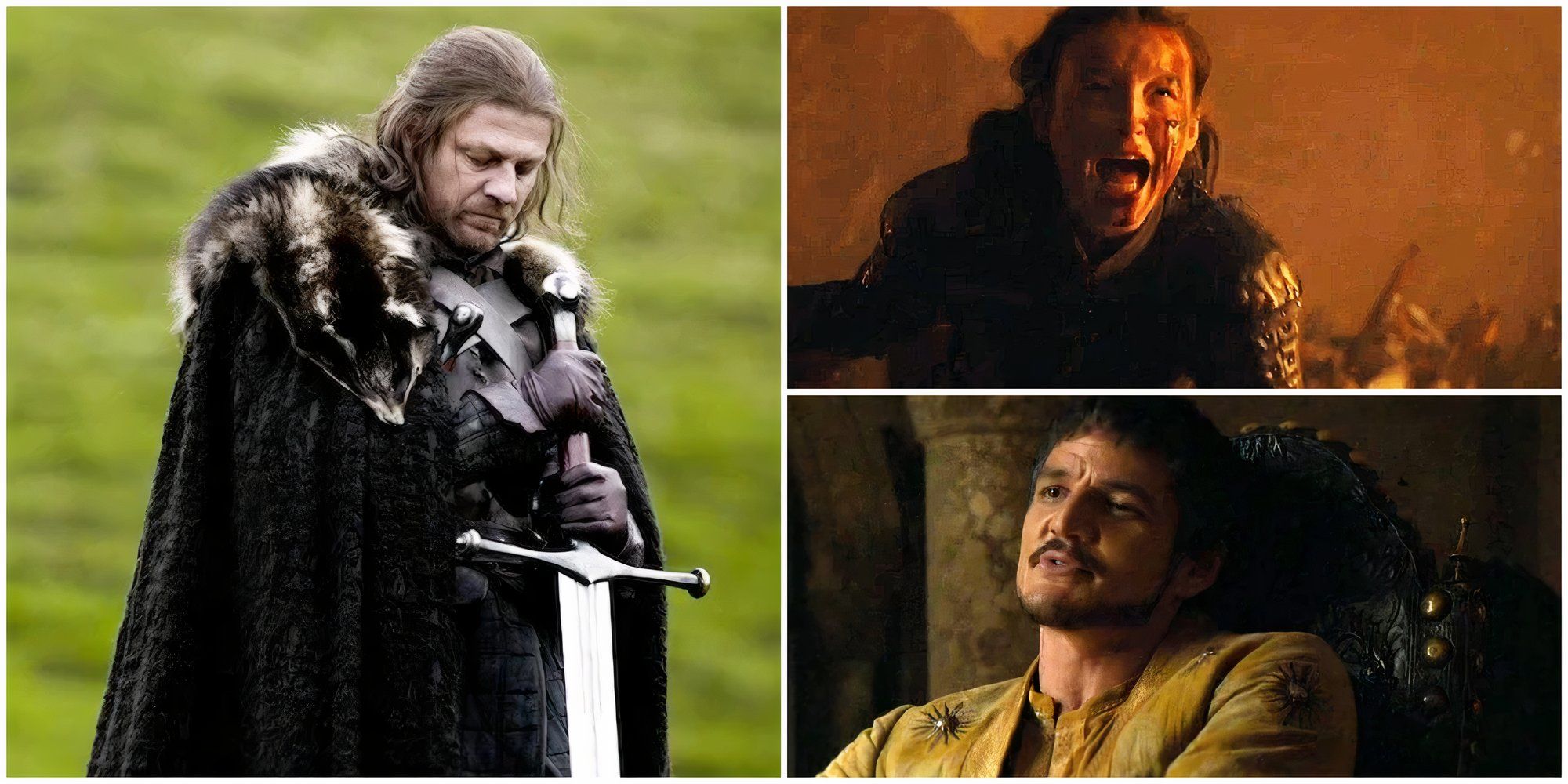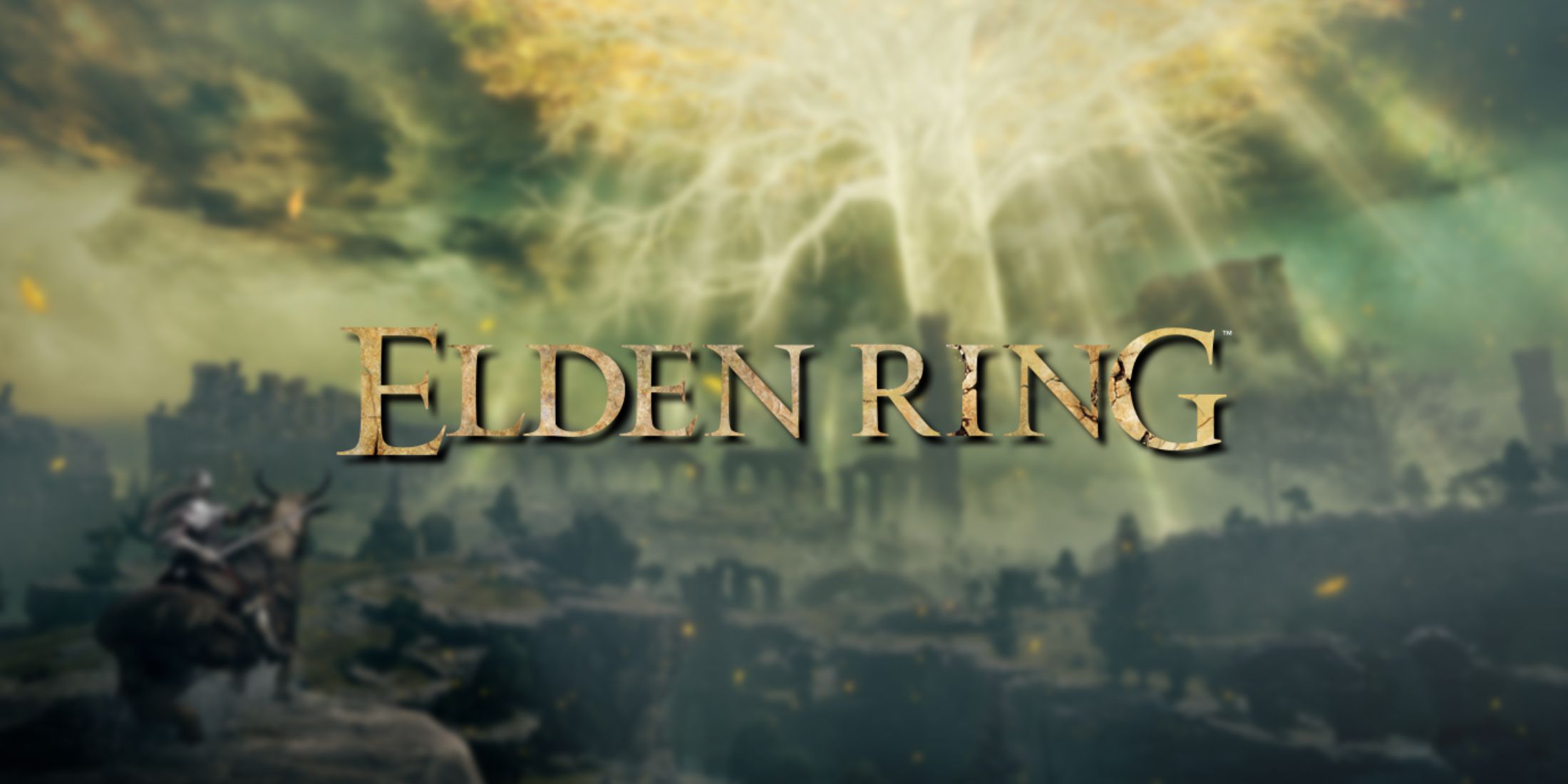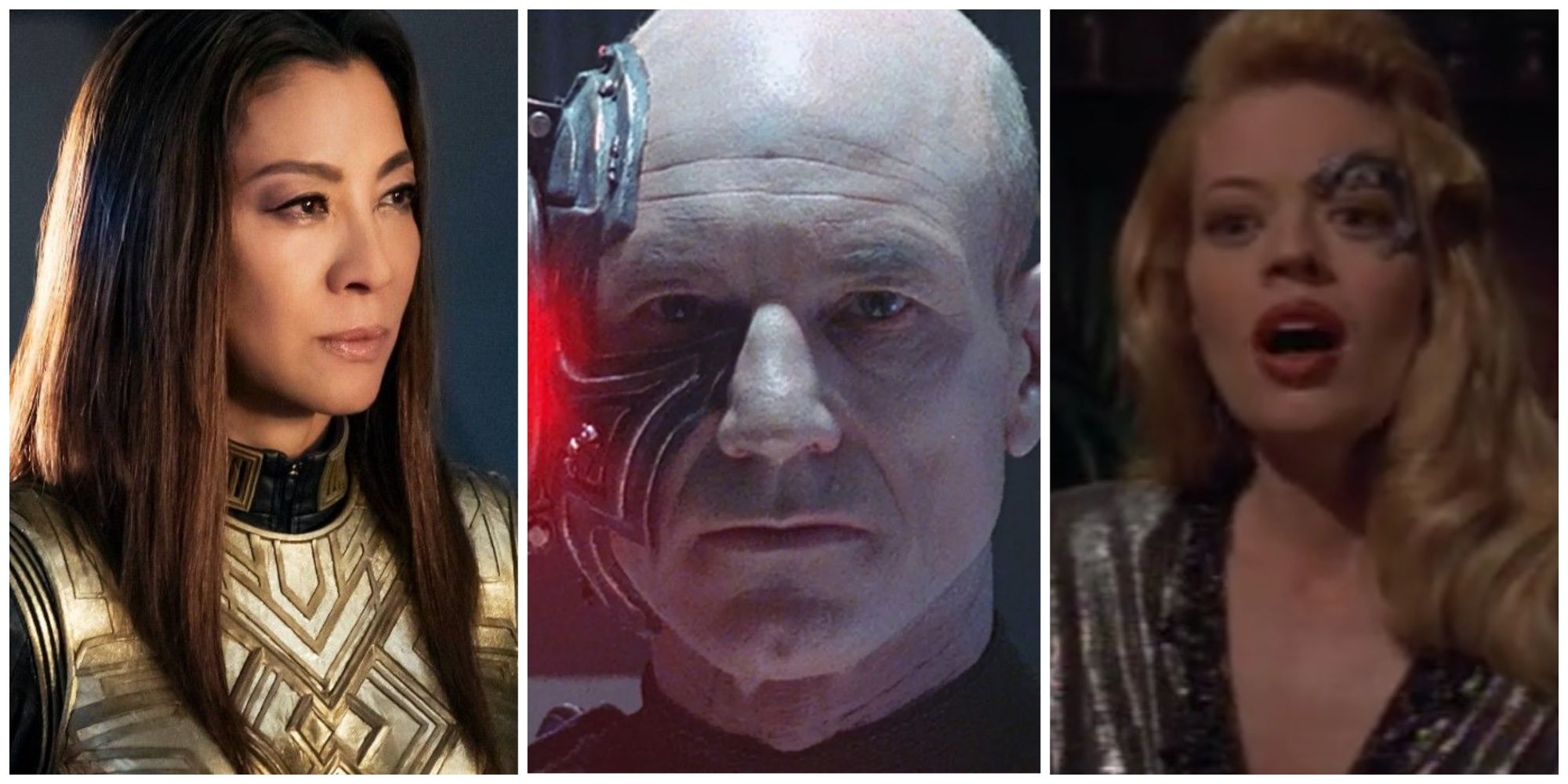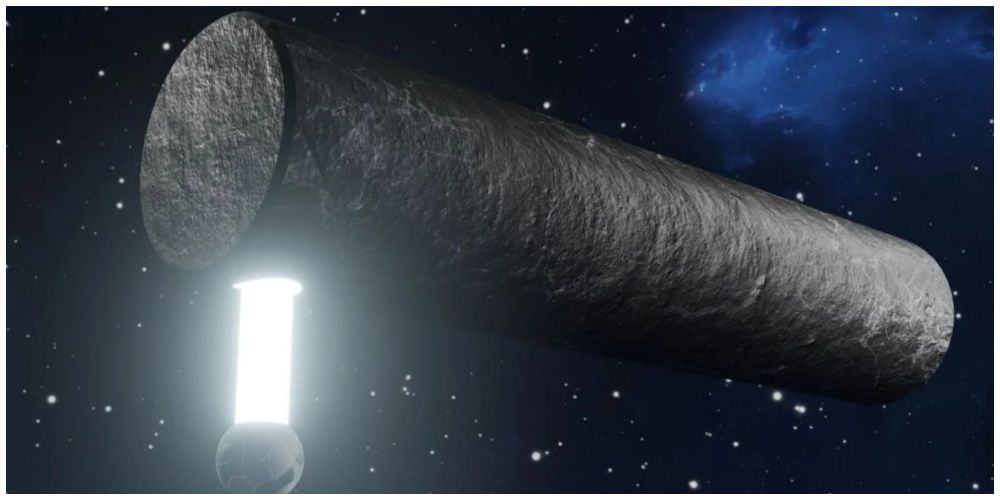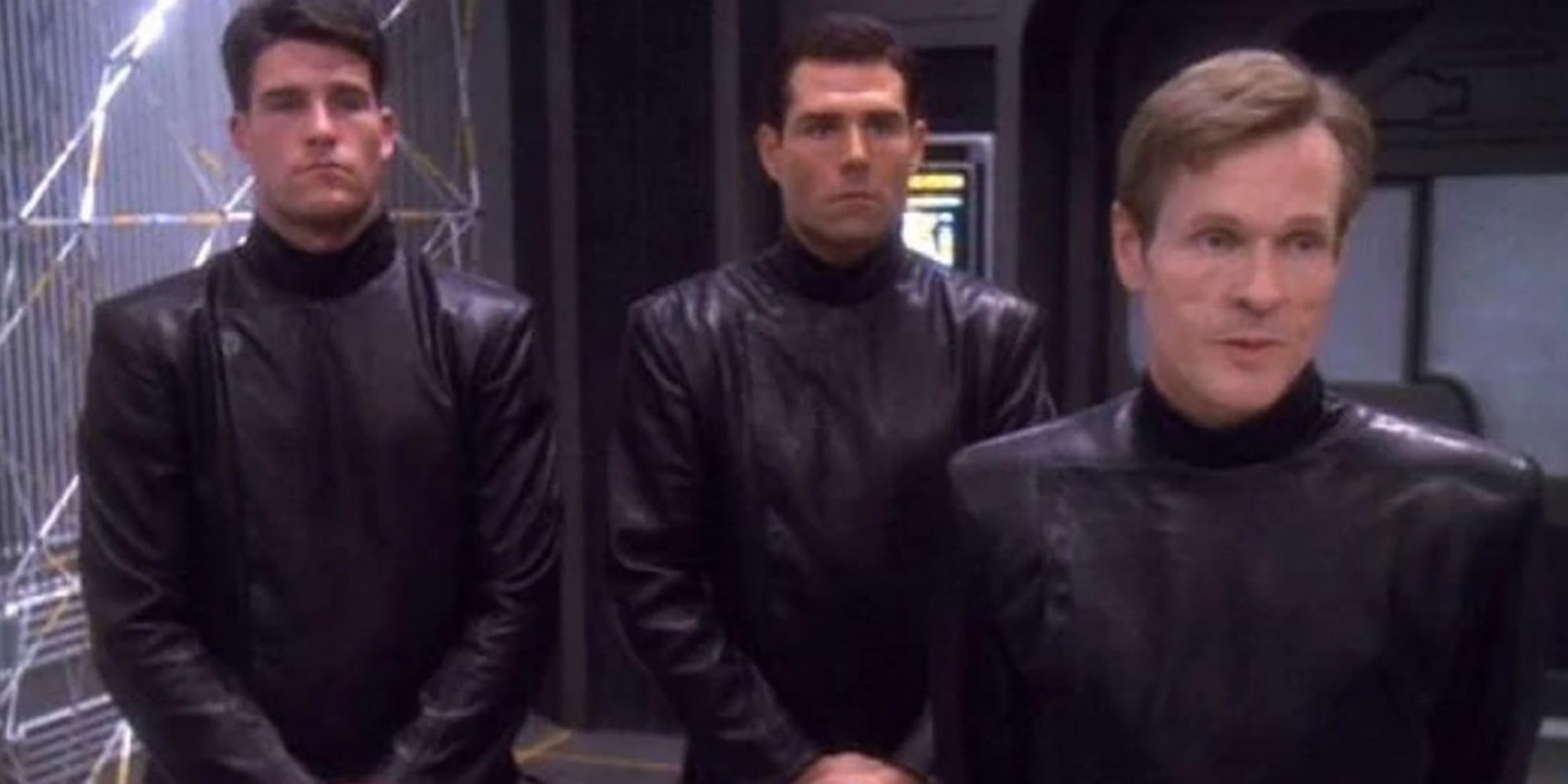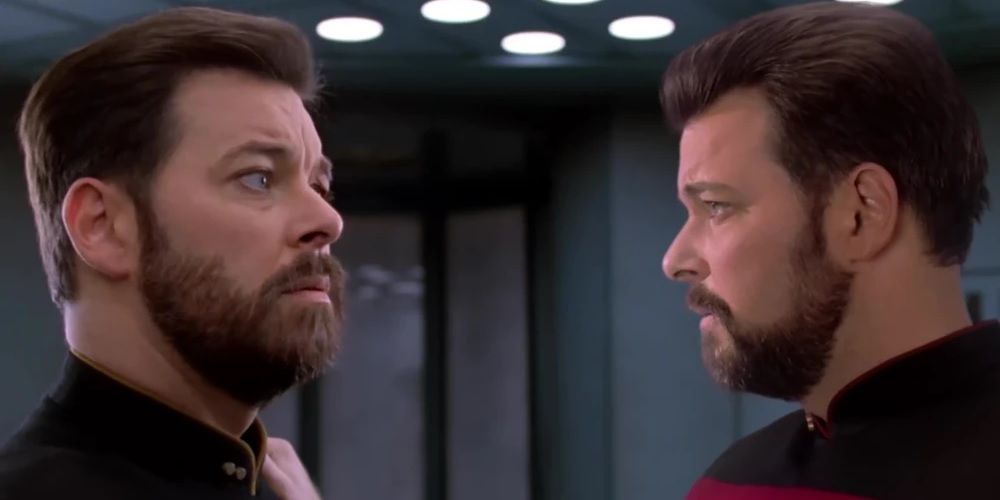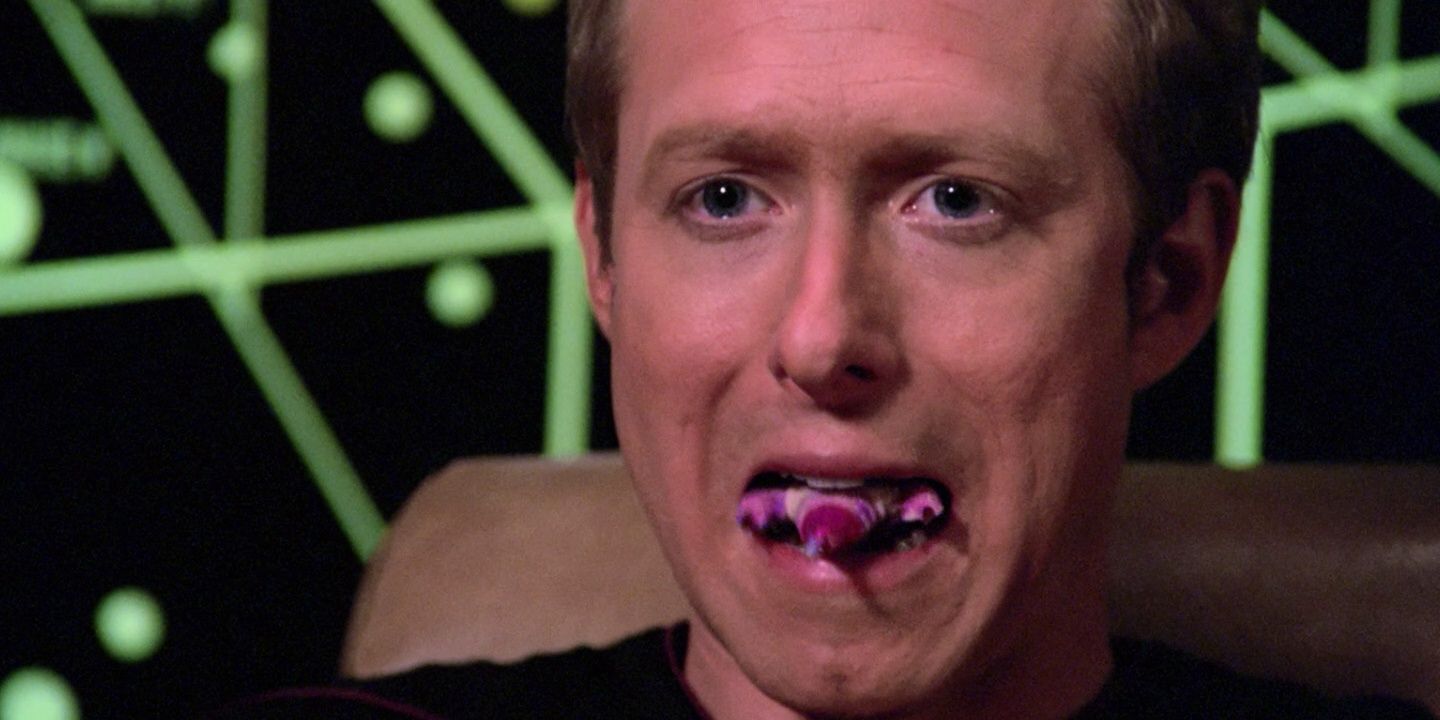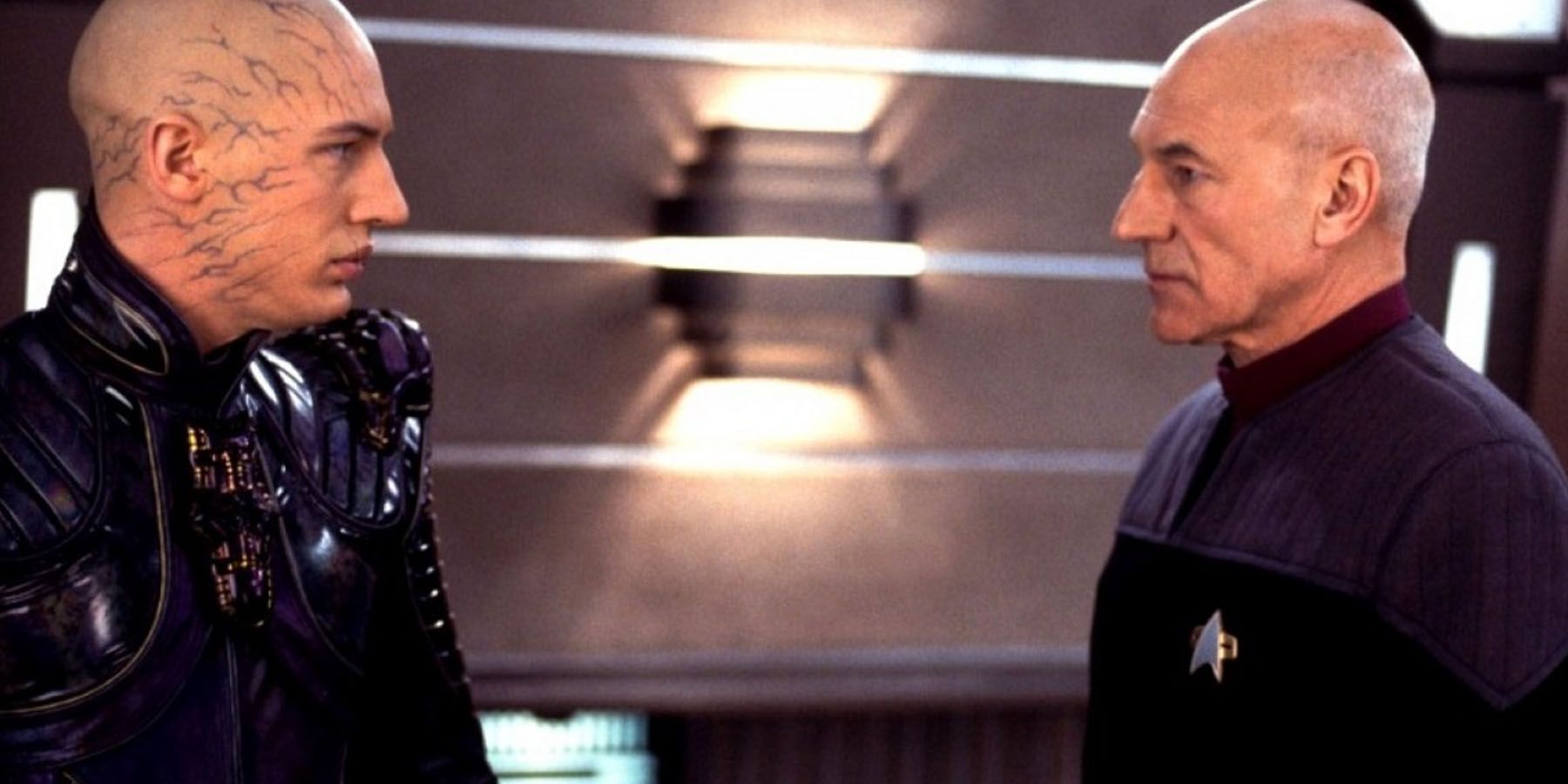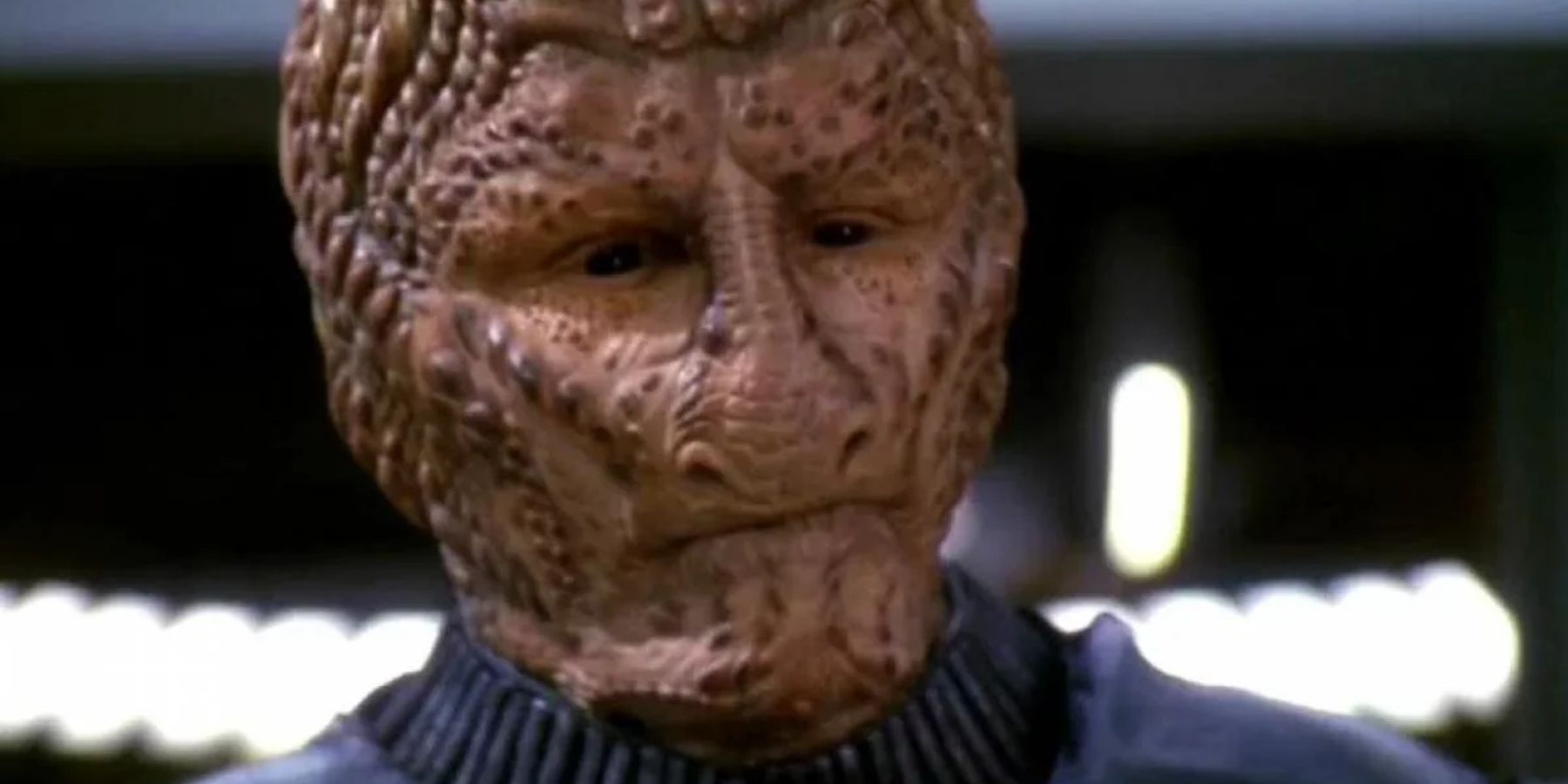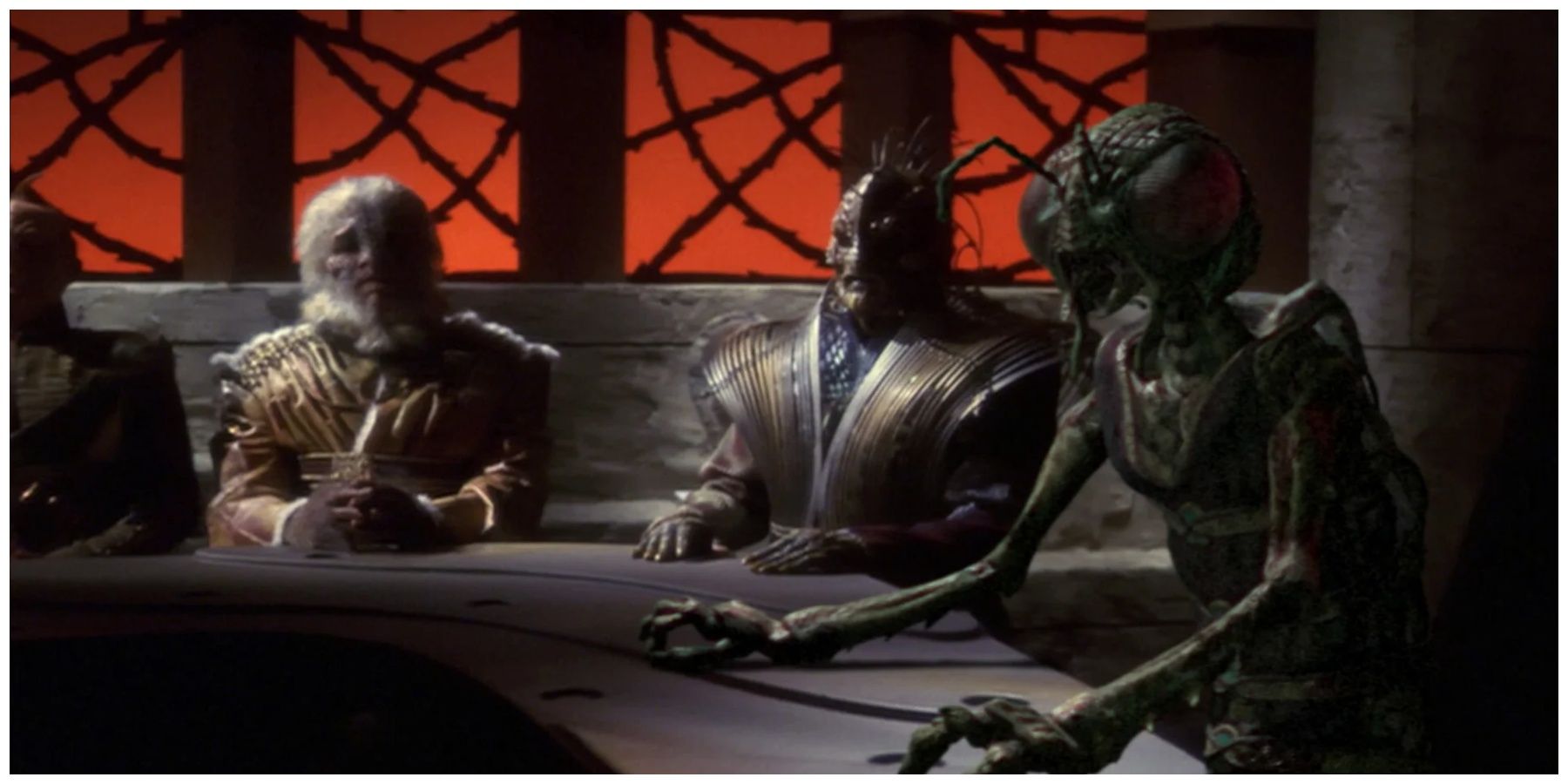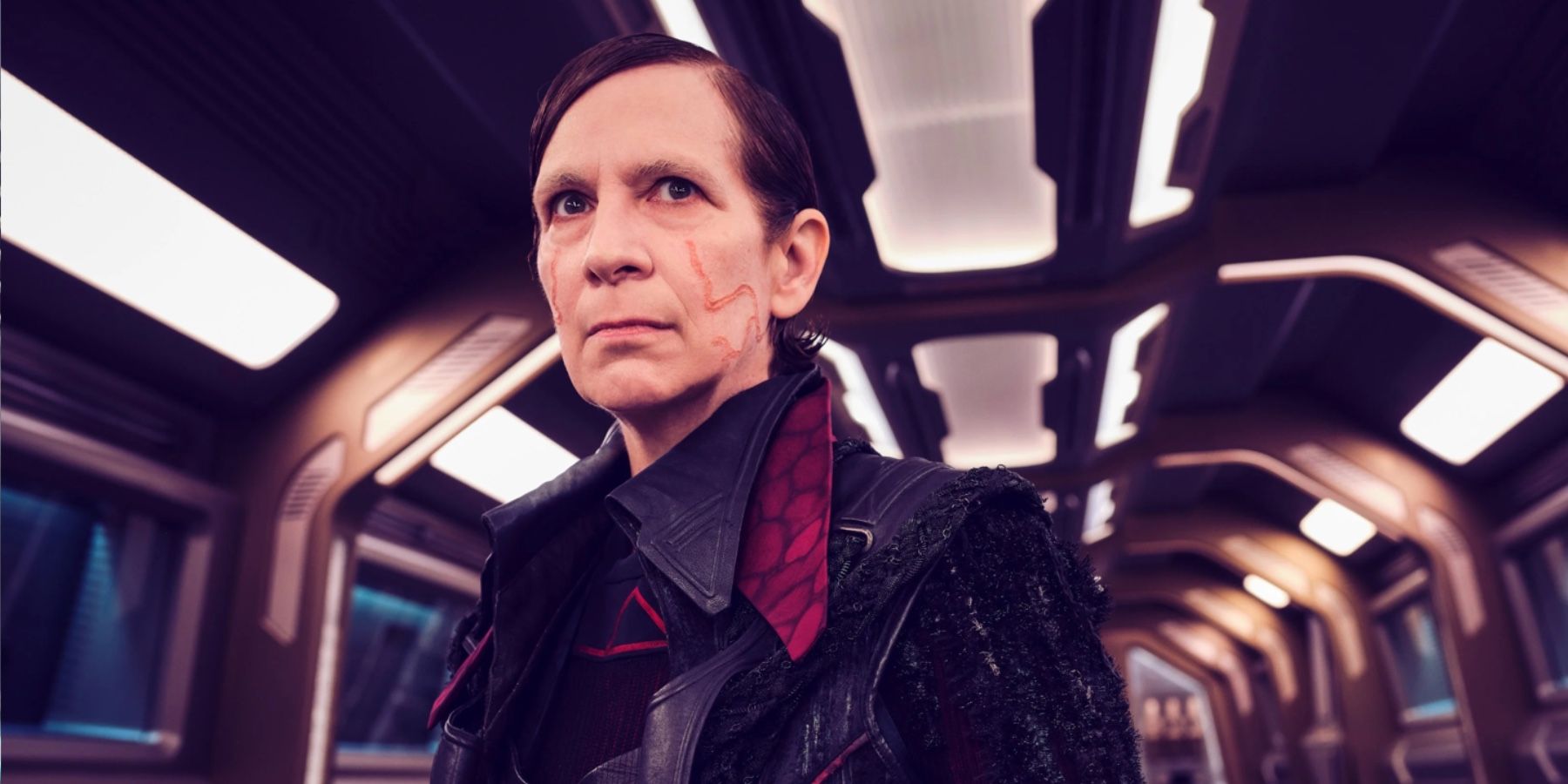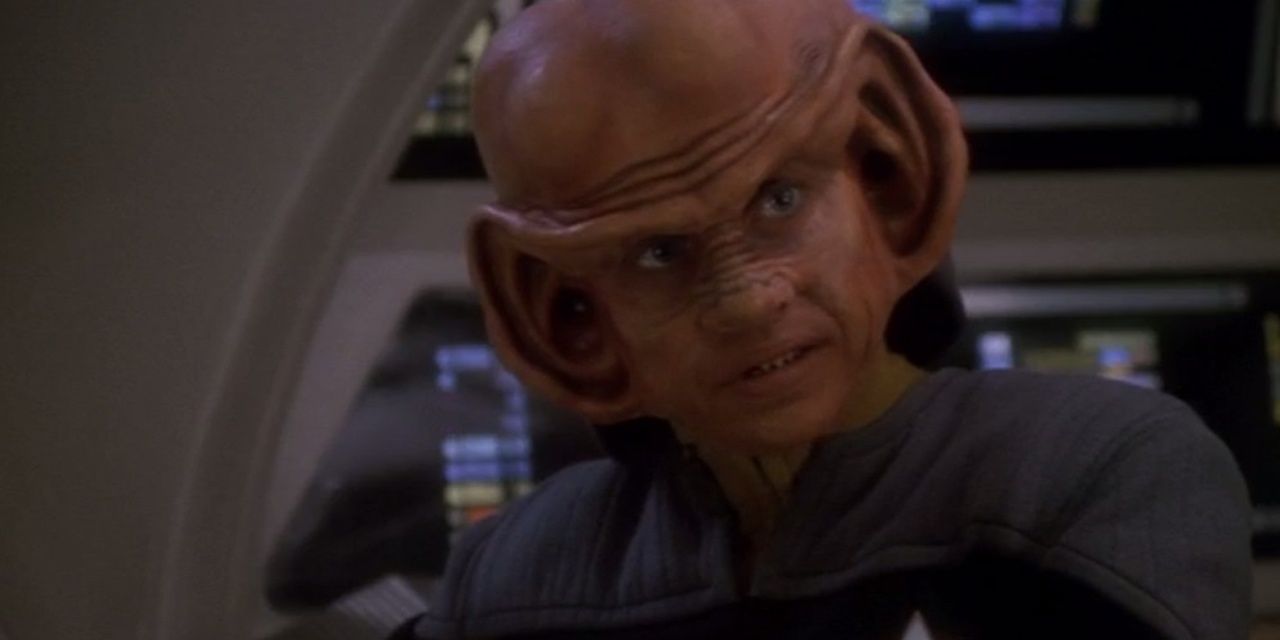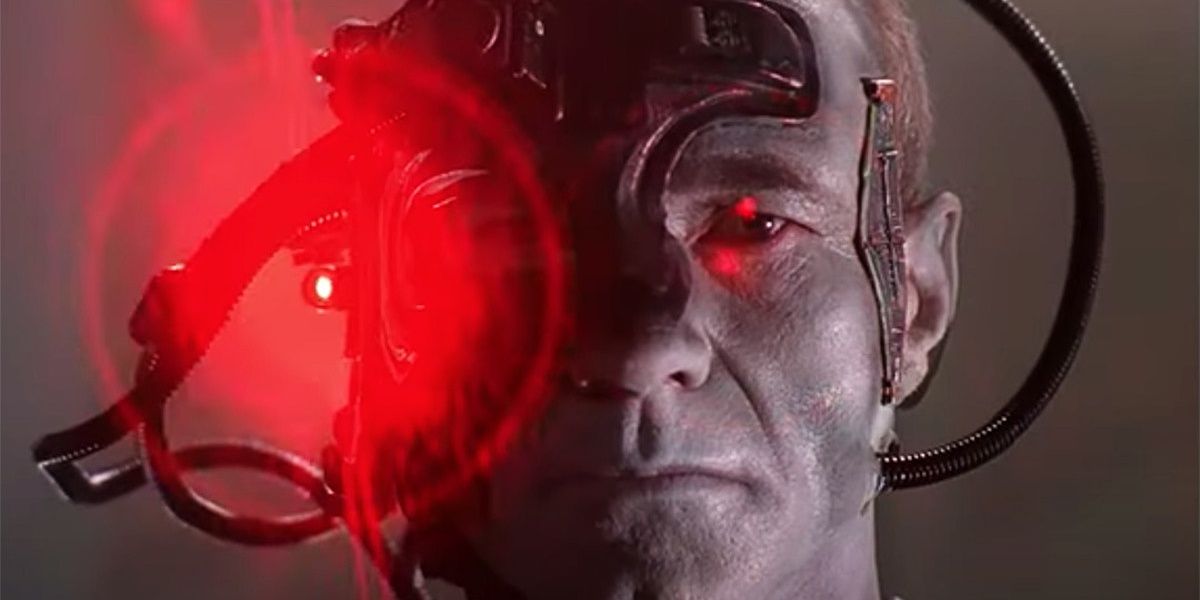Star Trek's heroes have been on hundreds of adventures since The Original Series debuted 1966. The continuing voyages of the Enterprise and its fellow hero ships have shown humanity making wonderful discoveries and helping those in need.
Yet life beyond the final frontier is not always easy, and the history of Starfleet has taken some dark turns. Often, these storylines represented a conscious effort to update Star Trek for a new audience, whether in the post-Roddenberry Deep Space Nine or the grungy Kurtzman era. However, even the most cheerful parts of the franchise sometimes conceal dark undercurrents.
10 The Whale Probe
1984's Star Trek IV: The Voyage Home is regarded by many fans as the comedic apex of the Star Trek franchise. From Chekov's iconic "nuclear wessels" pronunciation to Spock's memorable encounter with a punk on a bus, the Enterprise crew's whale hunt is filled with lighthearted moments.
Nonetheless, the mysterious Whale Probe approaching Earth poses a significant threat to the planet. It also touches on real issues that have become increasingly important in recent decades; namely, conservation and climate change. Despite its upbeat tone, Star Trek IV offers a grim reminder that if the human race does not look after its home, it cannot hope to survive.
9 Section 31
Section 31 represents the dark underbelly of the utopian Federation. Since the organization's first appearance in the 1998 Deep Space 9 episode "Inquisition," fans have seen it covertly influence foreign politics, attempt a genocide, and recruit Mirror Universe dictators — all in the Federation's best interests, of course.
The very concept of Section 31 remains divisive, as some fans argue that it undermines Gene Roddenberry's optimistic vision of the future. However, the unaccountable organization is popular among Star Trek's writers. Section 31 feature prominently in the film Star Trek: Into Darkness and the TV show Star Trek: Discovery, while a Section 31 project with Michelle Yeoh has been greenlit by Paramount.
8 Thomas Riker
Long before he served on the Enterprise as Picard's "Number One," William Riker visited Nervalva IV. The planet generated distortion that interfered with the USS Potemkin's transporters. When Riker beamed back up, a duplicate Riker was left behind on the surface. The duplicate would spend the next eight years alone before being rescued by the Enterprise-D in 2369.
The unlucky duplicate, "Thomas," joined the Maquis, a rebel group opposed to both the Federation and the Cardassian Union. Disguising himself as William Riker, Thomas stole the powerful USS Defiant from the Deep Space Nine space station before being captured by Cardassian forces. In order to protect his Maquis friends, Thomas went willingly into Cardassian captivity — and to a life sentence in a labor camp.
7 The Parasite Conspiracy
The "trust no one" ethos of The X-Files was prefigured by The Next Generation's episode "Conspiracy," in which a race of slug-like bodysnatchers infiltrate Starfleet's highest ranks. The titular conspiracy is partially unraveled by Picard and Riker, culminating in a memorably gory death for the parasite-controlled Lieutenant Commander Remmick.
Despite the efforts of the Enterprise crew, the parasite storyline is left unresolved. As such, it represents one of the few times that TNG's heroes failed to completely contain a threat. The truth behind the parasites would not be revealed until the Deep Space Nine sequel novels, where it is revealed that they are related to the Trill symbionts.
6 Shinzon
The Romulans' machinations in Star Trek: Nemesis cannot be accused of making much sense, but they do offer a tragic character in the form of Shinzon. Tom Hardy plays the clone of Jean-Luc Picard, produced by the Romulans to replace the original. When the Romulans abandon this plan, Shinzon is sent to the planet Remus, where he grows up enslaved in the mines alongside the native Remans.
Shinzon's dark history forces the real Picard to consider how his own life might have turned out differently: the classic nature/nurture debate. It's even possible to sympathize with Shinzon's goal of freeing the Remans — until the clone embraces megalomania and swears to destroy the Federation.
5 The Hirogen's Killing Game
Residents of the Delta Quadrant, the Hirogen are a race of deadly hunters. During Voyager, they clash with Captain Janeway's ship on multiple occasions during the Starfleet vessel's journey home, but it is during the two-part "The Killing Game" that the Hirogen implement one of Star Trek's darkest schemes.
After taking over the USS Voyager, the Hirogen wipe the crew's memories and place them in sadistic holodeck scenarios, including Nazi-occupied France. Ensign Harry Kim is forced to run these simulations, while the holographic Doctor must care for Voyager's personnel as they are wounded again and again by the Hirogen. The repeated suffering of Voyager's heroes is especially jarring given the usually lighthearted tone of the series.
4 The Xindi
From the Klingon–Federation proxy wars of The Original Series to explorations of gender in Discovery, Star Trek's writers have often used the franchise to comment obliquely on contemporary issues. Star Trek: Enterprise was produced in the context of the tragic events of September 11th and America's war on terror. Producer Rick Berman even chose the name Suliban for the show's antagonists because it sounded like "Taliban."
The Suliban were phased out in favor of the Xindi, a coalition of aliens that sought to destroy the human race. In the episode "The Expanse," a Xindi probe kills seven million people during an unprovoked attack on Earth. Captain Archer's Enterprise is sent to counter the Xindi threat. Along the way, however, Archer and his crew give into dark impulses, including Archer's use of torture and T'Pol's addiction to trellium-D, a mood-altering mineral.
3 The Federation Vs. The Founders
Despite securing help from the Klingons and Romulans, the Federation struggled to best the Dominion and its allies during their conflict. Fearing defeat, the Federation Council authorized the development of a morphogenic virus designed to wipe out the Dominion's Changeling rulers — an act of genocide.
The Dominion surrendered after gaining access to a cure for the virus. However, this was not the only example of the Federation's dark treatment of the Founders. Section 31 brutally experimented on Founder prisoners of war, creating a variant species in the process. One of these evolved Changelings, Vadic, escaped after assuming the form of her torturer. She then sought her revenge on the Federation.
2 Nog's Injury
When focusing on epic space battles and game-changing political machinations, it's easy to forget the very real traumas faced by the characters involved. Perhaps this is a consequence of the plot armor usually worn by a franchise's heroes, who often seem to brush off near-death or torture without comment. When that plot armor fails, however, dark and interesting stories can be told.
Fan-favorite character Nog leaves behind a life of dodgy dealings to become the first Ferengi in Starfleet, only to lose a leg during the Dominion War. Since a replacement is quickly grown, viewers might expect Nog to bounce straight back to business as usual. Yet Deep Space Nine's writers chose to explore the ensign's PTSD in the groundbreaking episode "It's Only a Paper Moon," in which the Ferengi refusing the leave the safety of the holodeck. Although Nog eventually overcomes his ordeal, his story serves as a stark reminder of the human (and Ferengi) costs of war.
1 Picard And The Borg
Since their first appearance in TNG's "Q Who," the cybernetic Borg have ranked among Star Trek's most iconic foes. Their modus operandi of assimilating all civilizations and turning individuals into mindless, walking drones is horrifying enough, but the true darkness of the Borg relates to their impact on Patrick Stewart's Jean-Luc Picard.
The Enterprise-D captain is captured and converted into the fearsome Locutus of Borg, inadvertently teaching the machine race how to destroy dozens of Starfleet ships. Following his recovery, Picard remains traumatized, as evidenced in Star Trek: First Contact. The normally cool-headed Picard explodes in rage when the Borg threaten Earth, discarding his "more evolved sensibility" and ranting that "the line must be drawn" against the species. Yet Picard's encounters with the Borg would continue, culminating in another attack on Earth and the assimilation of Picard's son, Jack.


